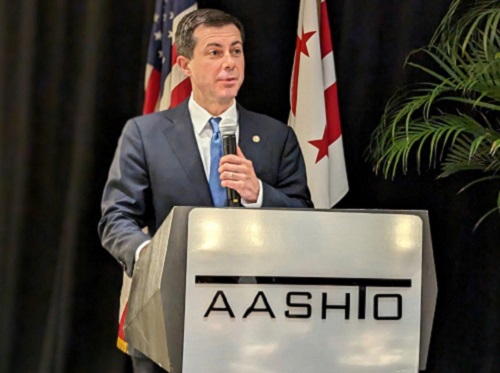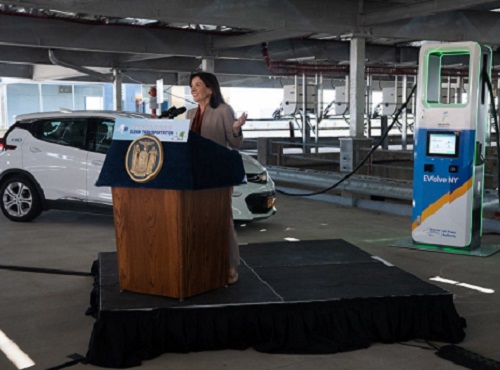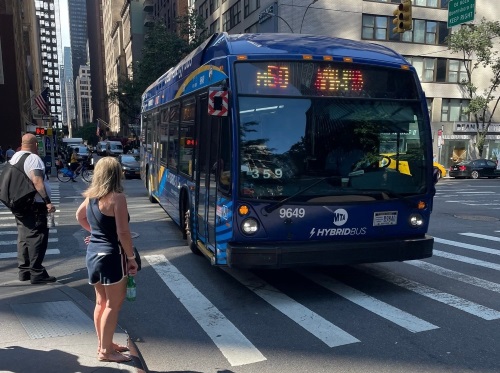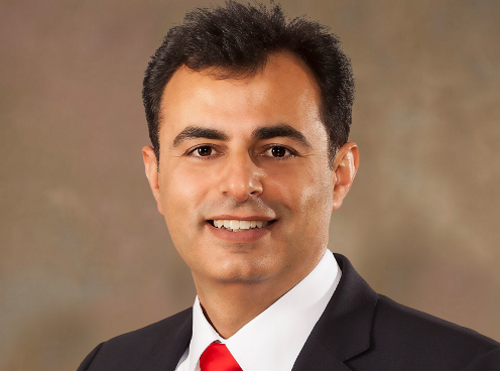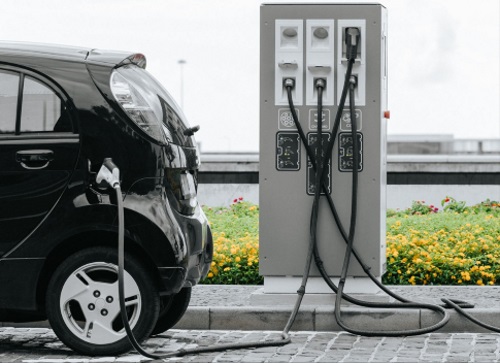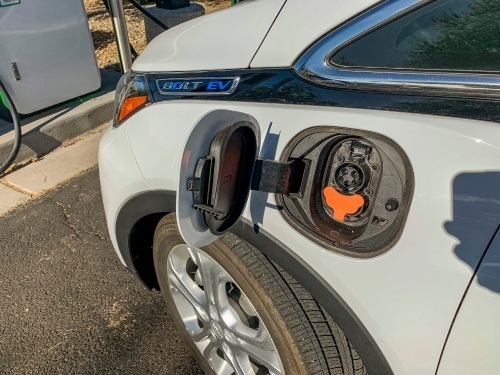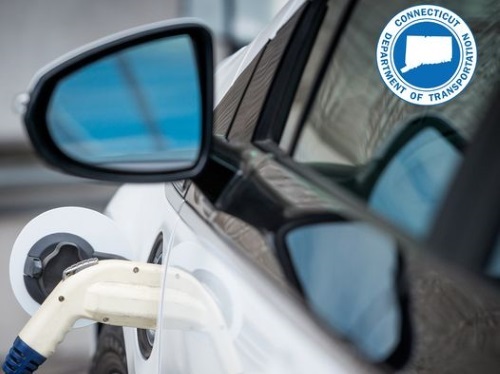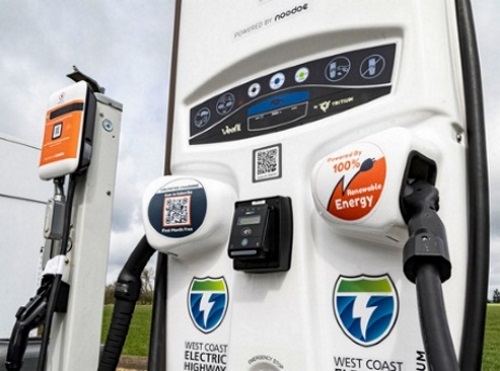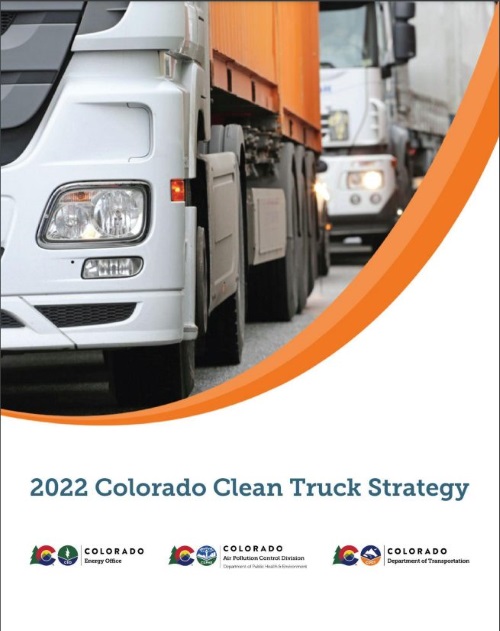Pete Buttigieg, secretary of the U.S. Department of Transportation (above), says his agency and the nation’s mobility community are currently involved in “one of the most exciting, productive, and challenging times in U.S. transportation history” – driven in no small part by “historic” levels of funding provided by the $1.2 trillion Infrastructure Investment and Jobs Act or IIJA, enacted in November 2021.
[Above photo by AASHTO]
Speaking at the American Association of State Highway and Transportation Officials’ 2023 Washington Briefing, held February 28 through March 3 at the Hilton Washington D.C. Capitol Hill hotel, Buttigieg explained that the Biden administration seeks to “rebuild the foundation of our nation’s transportation system” via IIJA funding both in terms of physical infrastructure – fixing roadways, bridges, airports, etc. – but also by making those transportation networks cleaner and safer.
“We are living in the season of project delivery for the IIJA – time is money and there is great pressure on costs, so we must make every transportation dollar go as far as we can,” he noted. “We have a lot to celebrate but also a lot more to do.”
[Buttigieg’s full remarks are in the video below]
For example, he noted that there are “many challenges” associated with the electric vehicle “revolution” USDOT and the Biden administration are trying to spur across the country. “This is not an incremental or layered change on our transportation system; it is a fundamental transformation of it,” he said. “We will look to you [state DOTs] and your experience on the ground as you deploy EV chargers and as you prepare communities and states for this revolution. Of all the new 40-plus programs funded by the IIJA, I do not think any are as novel as this [National Electric Vehicle Charging Infrastructure or NEVI] program.
Buttigieg also emphasized that USDOT also wants to maintain its focus on reducing roadway fatalities and injuries in line with its National Roadway Safety Strategy or NRSS, unveiled in January 2022, and encouraged the state department of transportation community – with the Washington State Department of Transportation and the Missouri Department of Transportation formally joining the agency’s “First Movers” initiative, along with AASHTO, in February – to bolster that effort.
“We would not settle for this level of death and destruction on our roads in any other facet of American life or mode of transportation,” the secretary stressed. “That’s why we’re setting a tone of urgency and will continue to do that.”
Buttigieg summed up his remarks with a “thank you” to the state DOT community for its work in trying to bring those and many other new mobility endeavors to life. “The level of expectation and work that have been placed on your shoulders from all of this is likely unprecedented, but we at USDOT are really excited about it,” he said. “This is the really fun part but also the really but hard part – this is where we encounter available workforce issues, supply chain problems, and rising material costs. But on the other side of this mountain is where we have not only transformed the physical transportation infrastructure of the country but the economic capacity of our country as well. We are lifting up the entire country’s ability to compete and to win.”

